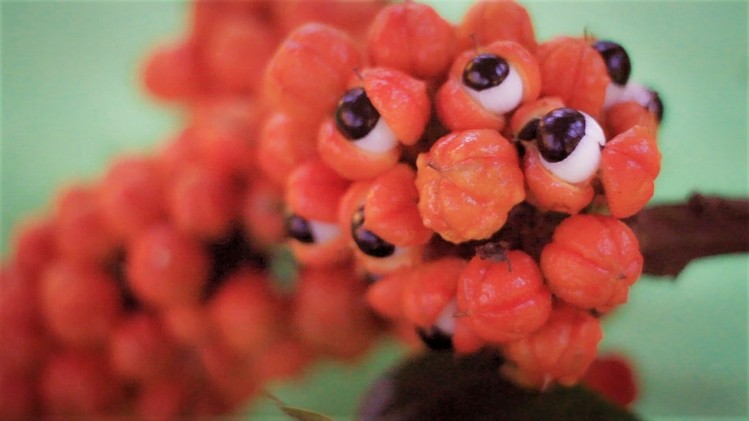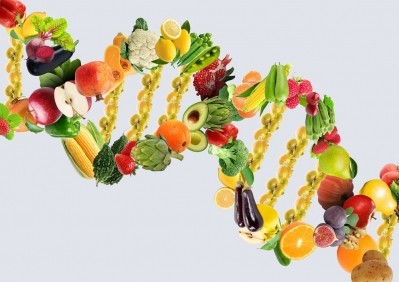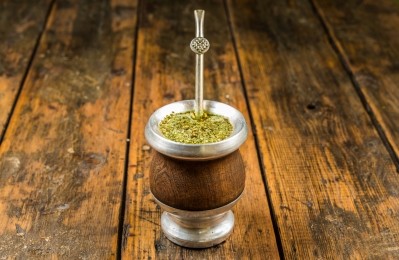Brazilian guarana ingredient features in innovative launches, Duas Rodas reveals

As health and well-being continue to influence consumer food and beverage choices, Duas Rodas emphasizes how industry formulators, manufacturers and shoppers are seeking additional benefits to those that fulfill basic nutritional functions.
Guarana, otherwise known as Paulinia cupana, is marketed as a medicinal plant and is featured in pharmacopeias in Brazil, Mexico and the US. Native to the Amazon region, the plant is recognized as having a slightly bitter taste with an astringent and acidic flavor, Duas Rodas noted.
Focusing on manufacturing essential oils from tropical plants in Brazil and centering its innovation on naturalness, health and well-being in food, Duas Rodas provides aromas, dehydrated and natural extracts in powder and liquid forms. Through Duas Rodas’ natural ingredients range, Fruittion Botanicals, the company has produced an exclusive line inspired by the diversity of Latin American botany.
Seed appeal
Popular in the functional food development and food supplements spaces in Latin America, producers are forging ahead with exploring innovations and novel ingredients that contain bioactive compounds, such as guarana, Duas Rodas highlighted.
The guarana seeds contain active substances that are applied to stimulate action. The commercial appeal focuses on the plant’s seeds, which are then used to provide syrups, extracts and distillates. Bioactive compounds including methylxanthines and caffeine are present in guarana seeds also, which are connected to increasing cognitive function and energy.
Caffeine and antioxidant content
In guarana seeds, there is between 2-7.5% caffeine, an amount that is approximately four times the level contained in coffee, Duas Rodas stated. The plant’s caffeine content is also considerably greater than the amount contained in stimulant beverages available on the market, such as cocoa and green tea, with guarana boasting 30 times more caffeine.
Guarana also contains a presence of tannins (12%), which is associated with contributing to the plant’s high antioxidant potential. Tannins are a group of phenolic compounds that can form complexes with other molecules. Focusing on guarana, Duas Rodas highlights how forming complexes with caffeine creates a stimulating effect on consumers that lasts twice as long as that achieved with other stimulant drinks, like tea and coffee.
The plant also contains catechins, which are condensed tannins, that also act as antioxidants. These help to protect against the effects of free radicals, which in turn, supports the prevention of cardiovascular diseases, diabetes and accelerated aging.
Guarana production in Brazil
The Latin American country is the globe’s largest producer of guarana. A total of 96% of guarana plantations are in the states of Amazonas and Bahia in Brazil, the company revealed.
Guarana beverage production is attracting attention as it currently achieves the highest economic value. The plant’s seed extracts are used in the energy drinks segment and, specifically, as the base aroma in a carbonated beverage product range. In food categories, the guarana plant and its properties are cropping up in food supplements, snacks, cereal bars, chewing gum and sweets.
Natural ingredient potential
The nutrition and food industry is increasingly exploring natural ingredients with proven physiological effects to evolve and develop the functional foods and beverages sphere.
Highlighted as key trends for 2020, consumer interest centers on functional foods, mindful eating and food beliefs, ‘better for you’ eating, and sustainable eating and the environment. Increasingly, innovations around flavors, textures, functional benefits and ingredient selection dominate the food and beverage sector.
As part of these dominating industry trends, natural producers are exploring various sources of vitamins, minerals, fatty acids, fibers and bioactive secondary metabolites, such as polyphenols and alkaloids that are known for their health benefit associations.







